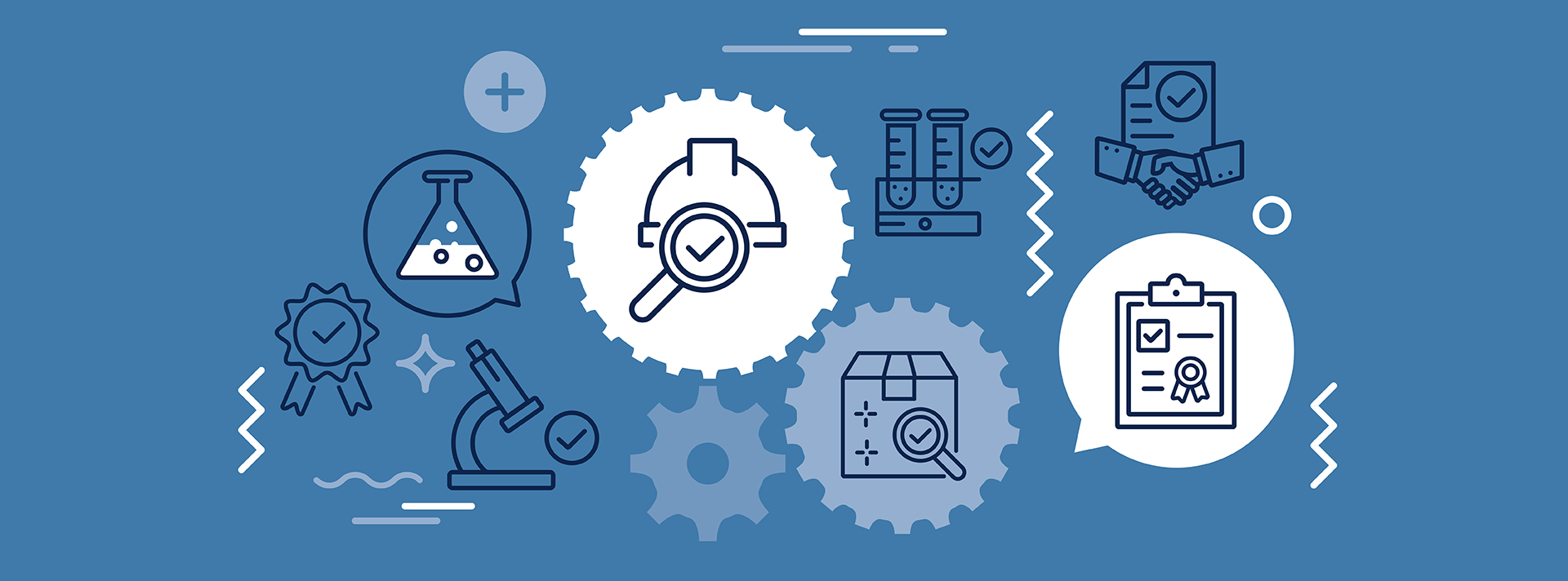EN 13103 Axle Structural Compliance Testing
The EN 13103 standard is a crucial document within European railway and transportation infrastructure, focusing on the structural integrity of axles. This test ensures that axles used in various rail vehicles meet stringent safety requirements, thereby contributing to the overall reliability and longevity of railway systems.
In accordance with this standard, axles are subjected to rigorous testing under controlled conditions to simulate real-world operational scenarios. The primary objective is to verify the axle's ability to withstand mechanical stresses without compromising its structural integrity or performance. This includes assessing resistance to fatigue, impact loads, and thermal cycling.
The testing process involves several key steps that ensure accuracy and consistency. Specimens are prepared by machining the axles according to precise specifications outlined in EN 13103. The specimens undergo multiple cycles of loading and unloading, simulating typical railway conditions such as braking, acceleration, and normal operating loads.
Testing equipment is chosen based on its ability to replicate these conditions accurately. High-precision machines are used to apply the specified loads, ensuring that each test run closely mirrors real-world stress patterns. Advanced sensors and data acquisition systems capture detailed information about the axle's response during testing, providing comprehensive insights into its structural behavior.
One of the most critical aspects of EN 13103 compliance testing is the analysis of results. Engineers evaluate the axle’s deformation, fracture toughness, and fatigue life under various loading conditions. Compliance with the standard is determined by comparing test results against specified acceptance criteria defined in the document.
The importance of this testing cannot be overstated, especially given the critical role that railway axles play in ensuring passenger safety and efficient transportation operations. Non-compliance can lead to catastrophic failures, putting both personnel and property at risk. Therefore, adherence to EN 13103 is not just a regulatory requirement but also a fundamental commitment to quality and reliability.
The testing process described here aligns with the broader context of railway and transportation infrastructure where safety and performance are paramount. By ensuring that axles meet these stringent standards, we contribute significantly to enhancing the overall safety and efficiency of rail systems across Europe.
Industry Applications
| Application Area | Description |
|---|---|
| Railway Vehicle Manufacturers | Ensure that axles used in railway vehicles meet the required standards. |
| Transportation Infrastructure Operators | Verify compliance with safety and performance requirements for axles. |
| R&D Engineers | Determine the fatigue strength and durability of new axle designs. |
| Regulatory Bodies | Ensure that all railway axles comply with European safety standards. |
| Procurement Departments | Select suppliers who can provide EN 13103 compliant axles. |
Why Choose This Test
The EN 13103 Axle Structural Compliance Testing is essential for railway and transportation companies seeking to ensure the highest level of safety and performance in their operations. This test provides several key advantages:
- Enhanced Safety: By validating the structural integrity of axles, this testing helps prevent accidents caused by axle failures.
- Compliance with Standards: Ensures that all products meet European safety and quality standards.
- Improved Reputation: Demonstrates a commitment to maintaining high-quality manufacturing processes.
- Cost Savings: Identifies potential issues early, reducing the risk of costly repairs or replacements later on.
International Acceptance and Recognition
The EN 13103 standard is widely accepted across Europe and beyond. It has been adopted by numerous countries as a benchmark for railway safety, making it an essential requirement in the procurement process of transportation infrastructure operators.
Many leading rail manufacturers use this standard to ensure their products meet international standards. Compliance with EN 13103 can also be advantageous when bidding on projects that require compliance with specific European Union directives.
The widespread acceptance of this standard underscores its importance in the global railway industry. By adhering to these stringent testing protocols, companies not only meet regulatory requirements but also enhance their reputation and market competitiveness.





